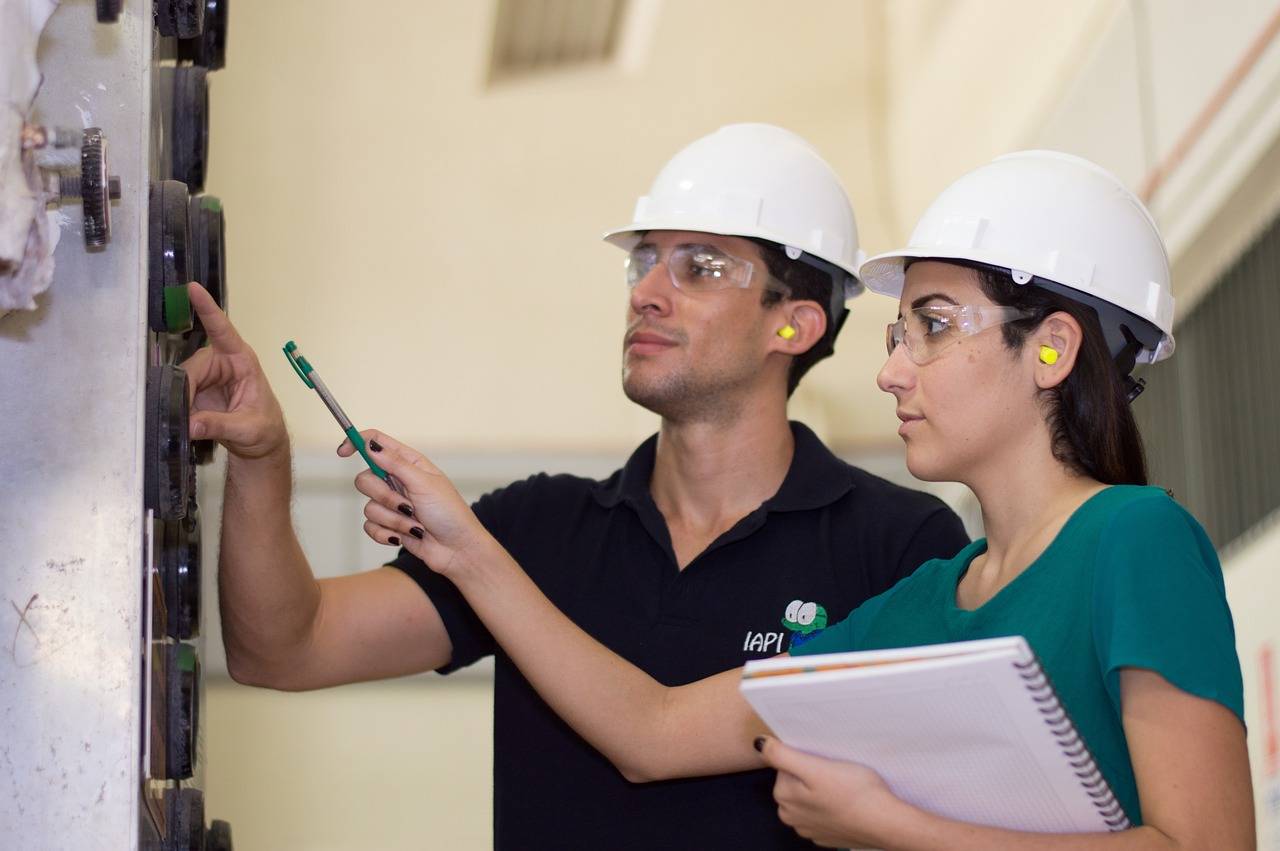Microlearning: Bite-Sized Education for the Modern Student
Microlearning is a modern approach to learning that focuses on delivering short, bite-sized bursts of information to learners. Instead of long, traditional training sessions, microlearning breaks down content into smaller, more manageable pieces. This method allows learners to absorb information quickly and efficiently, making it ideal for busy schedules and short attention spans.
With microlearning, learners can access information on-the-go, anytime and anywhere. This flexibility enables them to fit learning into their daily routines, leading to increased engagement and retention of knowledge. By incorporating multimedia elements such as videos, quizzes, and interactive modules, microlearning makes the learning experience more dynamic and interactive, catering to diverse learning styles and preferences.
Benefits of Microlearning
Microlearning offers the advantage of increased engagement and retention among learners. By breaking down complex information into easily digestible chunks, learners are more likely to stay focused and absorb key concepts. This approach also caters to the modern learner’s preference for short, targeted learning experiences that can be easily integrated into their busy schedules.
Furthermore, the flexibility of microlearning allows for personalized learning paths tailored to individual needs and preferences. Learners can choose what, when, and how they want to learn, empowering them to take ownership of their learning journey. This personalized approach not only enhances the learning experience but also boosts motivation and overall productivity.
What is microlearning?
Microlearning is a teaching method that delivers bite-sized chunks of information to learners. It is short, focused, and designed to meet specific learning objectives.
How long do microlearning sessions typically last?
Microlearning sessions are usually no longer than 5-10 minutes, making them easily digestible and convenient for learners to fit into their busy schedules.
What are some common examples of microlearning content?
Some common examples of microlearning content include short videos, quizzes, infographics, interactive modules, and podcasts.
What are the benefits of microlearning?
Some of the benefits of microlearning include increased engagement, improved knowledge retention, flexibility for learners, and the ability to target specific learning objectives effectively.
How can organizations implement microlearning in their training programs?
Organizations can implement microlearning in their training programs by creating short, focused modules, utilizing a learning management system to deliver content, and incorporating microlearning into a blended learning approach.





